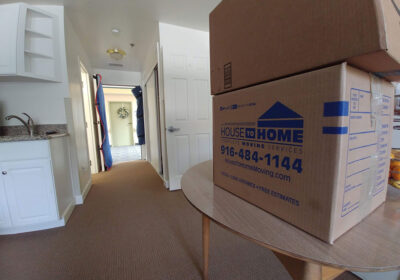Aging in place refers to the ability of older adults to live in their own homes and communities safely, independently, and comfortably as they age. This concept is increasingly preferred by many seniors who value the familiarity, independence, and emotional comfort that staying in their own homes provides. Aging in place isn’t just about staying put; it’s about creating a living environment that adapts to the changing needs of older adults, ensuring they maintain a high quality of life throughout their senior years.
One of the key aspects of aging in place is home modification. As we age, our physical capabilities may change, necessitating adjustments to our living spaces. Simple modifications, such as installing grab bars in the bathroom, improving lighting, and removing tripping hazards, can significantly enhance safety. More extensive changes might include renovating kitchens and bathrooms to be more accessible, adding ramps, or even moving to a single-story living arrangement. These adaptations help seniors navigate their homes more easily and reduce the risk of accidents, promoting a safer living environment.
In addition to physical modifications, aging in place involves leveraging technology and community resources to support daily living. Advances in smart home technology, such as voice-activated assistants, medical alert systems, and remote health monitoring, can provide seniors with greater autonomy and peace of mind. Community services, such as meal delivery, transportation, and in-home care, can also play a crucial role in supporting seniors who choose to age in place. These resources help bridge the gap between independence and the need for occasional assistance, ensuring that seniors can remain active and engaged in their communities.
Ultimately, aging in place is about maintaining a sense of control and dignity in the later stages of life. It allows seniors to preserve their routines, social connections, and cherished memories within the comfort of their own homes. While it requires thoughtful planning and support, aging in place can lead to a more fulfilling and independent life, surrounded by the people and places that matter most. By addressing both the physical and emotional aspects of aging, this approach empowers seniors to continue living vibrant, meaningful lives on their own terms.




